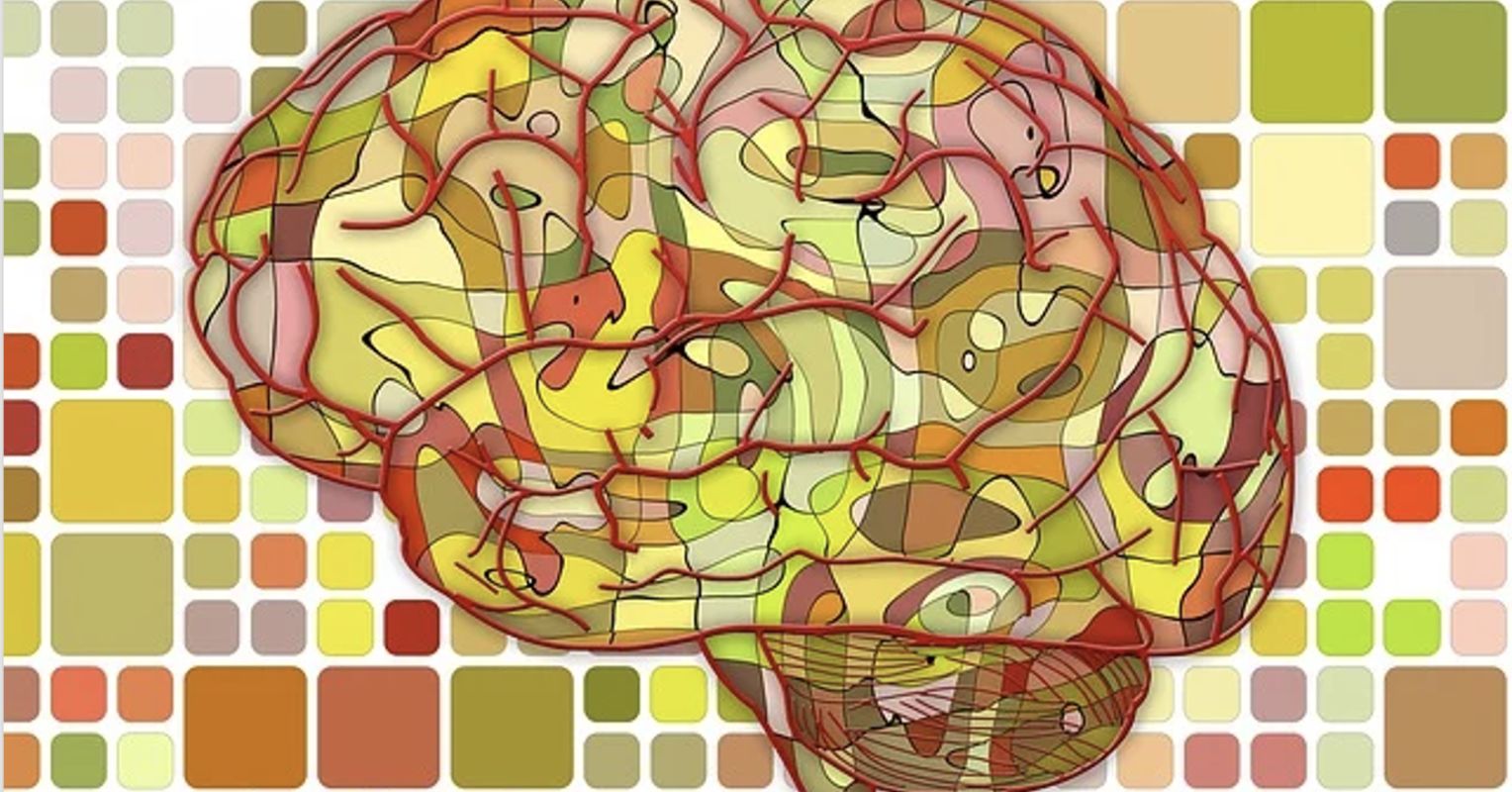
"According to Feldenkrais, as reported by Doidge (2015, p. 169), the mind programs and shapes the brain's functioning based on our limited hardwired reflexes."
"Feldenkrais, one of the first neuroplasticians, noted in 1949 that the brain could develop new pathways shaped by individual thoughts and actions."
"Feldenkrais held that after a brain injury, the non-injured areas could take over damaged functions, reflecting the brain's inherent flexibility."
"The key to accessing a person's brain, as per my therapy reflection, lies in self-initiated, complex movements that encourage neurological adaptation."
Feldenkrais, acknowledged as an early pioneer in neuroplasticity, emphasized the brain's ability to form new neural pathways influenced by the individualâs thoughts and actions. According to Doidge (2015), Feldenkrais identified that the brain has a biological predisposition involving limited reflexes, which are foundational to learning and behavior. He further asserted that in cases of injury, other parts of the brain could adapt and compensate for lost functions, showcasing its remarkable flexibility. His innovative approach suggests movement, specifically self-directed and complex actions, is essential for cognitive rehabilitation.
Read at Psychology Today
Unable to calculate read time
Collection
[
|
...
]